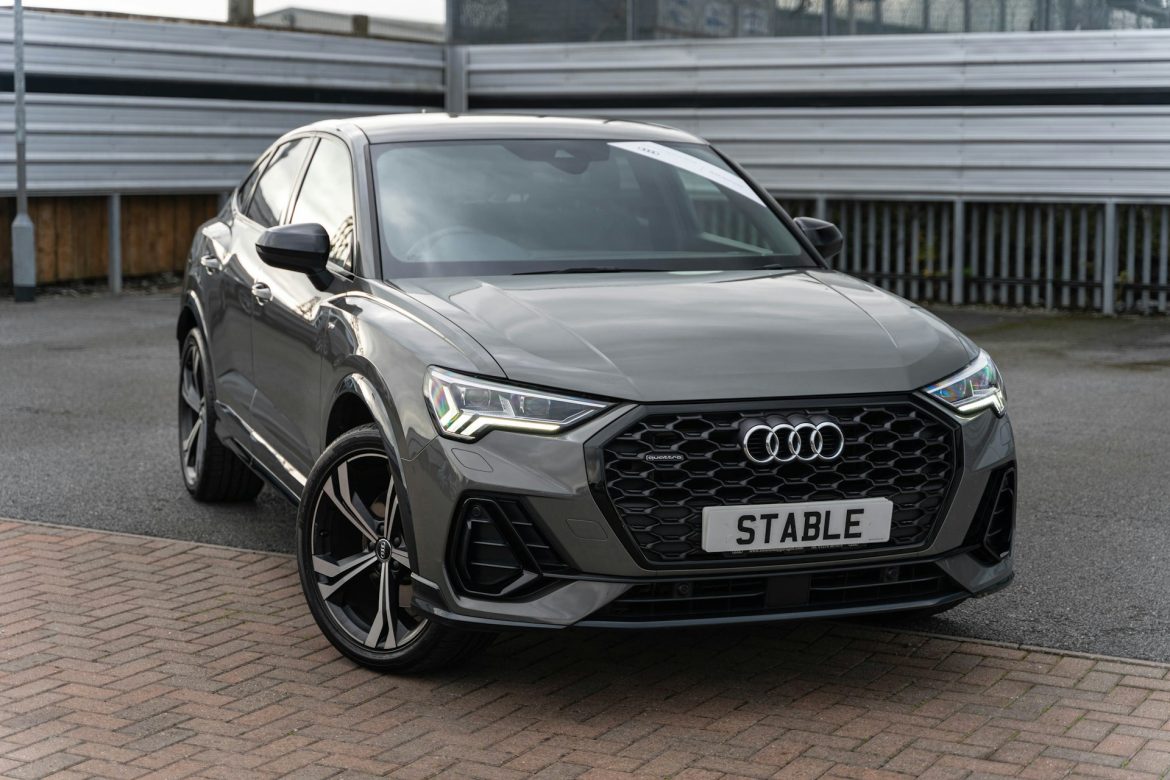The Audi Q3 has evolved significantly from its original quirky take on the premium compact SUV market. Now in its second generation, this model showcases how much attention premium carmakers are placing on this competitive segment. Launched in 2018, the current Audi Q3 underscores how the brand’s SUV lineup has matured, offering a more serious and refined option at a relatively affordable price compared to Audi’s larger vehicles.
Built on the Volkswagen Group’s MQB platform, the Audi Q3 was introduced at a price point designed to lure buyers away from mass-market hatchbacks and larger, less desirable SUV competitors. Despite being the smallest and most affordable of Audi’s SUVs, the Q3 retains the brand’s signature quality in performance and technology, especially for those willing to explore higher trims.
The Q3 offers a broad range of options for potential buyers. It’s available with both petrol and diesel engines, a plug-in hybrid version, and the option of Audi’s quattro four-wheel drive system. Moreover, the Q3 comes in two body styles: the conventional SUV and the sleeker, more stylish Q3 Sportback, which sacrifices some practicality for a sportier design. This review focuses on the Sportback variant.
Pros:
- Wide selection of engine and drivetrain choices
- The Sportback offers a more dynamic, stylish design
Cons:
- The plug-in hybrid (PHEV) lacks four-wheel drive, unlike some rivals
- Its electric range isn’t particularly impressive
Design and Dimensions
Measuring just under 4.5 metres in length and over 1.6 metres in height, the regular Audi Q3 is a compact SUV with a fairly standard footprint. However, it avoids the typical boxy and rugged look of many of its competitors, opting instead for a more sculpted and refined exterior. The Sportback version is slightly longer and lower than the standard Q3, though both versions share the same wheelbase. The trade-off for the Sportback’s sleek roofline is reduced boot space above the window line.
Engine Options and Performance
The Audi Q3 offers a variety of engine options, with both petrol and diesel variants available. The lineup starts with a 1.5-litre turbocharged petrol engine and includes a 2.0-litre turbodiesel engine, each labelled according to Audi’s current badging system.
- The 35 TFSI (petrol) and TDI (diesel) offer 148 horsepower and front-wheel drive.
- The 40 TFSI and TDI models deliver 190 horsepower, while the 45 TFSI boosts the power to 242 horsepower.
From the 40-level models upwards, all versions come with Audi’s quattro all-wheel drive as standard, paired with a seven-speed dual-clutch automatic transmission. The base model 35 TFSI is the only version available with a manual gearbox.
The plug-in hybrid Q3 45 TFSI e, which targets more eco-conscious buyers, combines a 1.4-litre petrol engine with an electric motor, delivering a combined output of 242 horsepower. Unlike some competitors, the PHEV model is only available with front-wheel drive. The electric motor draws power from a 10kWh battery, offering an official electric range between 29 and 35 miles depending on the trim level. However, the Q3’s electric range might not be enough to impress those seeking significant benefits from a plug-in hybrid.
For performance enthusiasts, the news isn’t as exciting. Audi’s five-cylinder RS Q3 was removed from the UK market in 2023, and there is currently no SQ3 model in either petrol or diesel form. Audi has yet to confirm if the RS Q3 will make a return before an all-new generation arrives in 2025.
Interior and Features
The Q3’s interior is a reminder of Audi’s earlier, more straightforward design era, where physical controls were still prominent, and digital technology was well-integrated but not overdone. Stepping into the Q3 feels familiar, with tactile material quality and an overall solid build that stands up well against other premium brand options.
The plug-in hybrid version starts with Audi’s S Line trim as standard. This includes excellent sports seats with a range of manual adjustments, including lumbar support, cushion angle, and length. Even taller drivers can easily find a comfortable seating position, enhanced by a configurable digital instrument display and a touchscreen infotainment system.
While the Q3 Sportback’s interior may lack some of the premium features found in Audi’s larger models, it remains competitive within its class. It offers a good balance of digital and physical controls, making the cabin both functional and user-friendly. That said, the Q3 isn’t one of the most spacious compact SUVs in its class. Rear passenger space may feel a bit limited compared to some rivals, and the sloping roofline of the Sportback further compromises headroom and cargo space.
Pros:
- High-quality tactile materials typical of Audi
- User-friendly physical controls
- Excellent sports seats in S Line models



